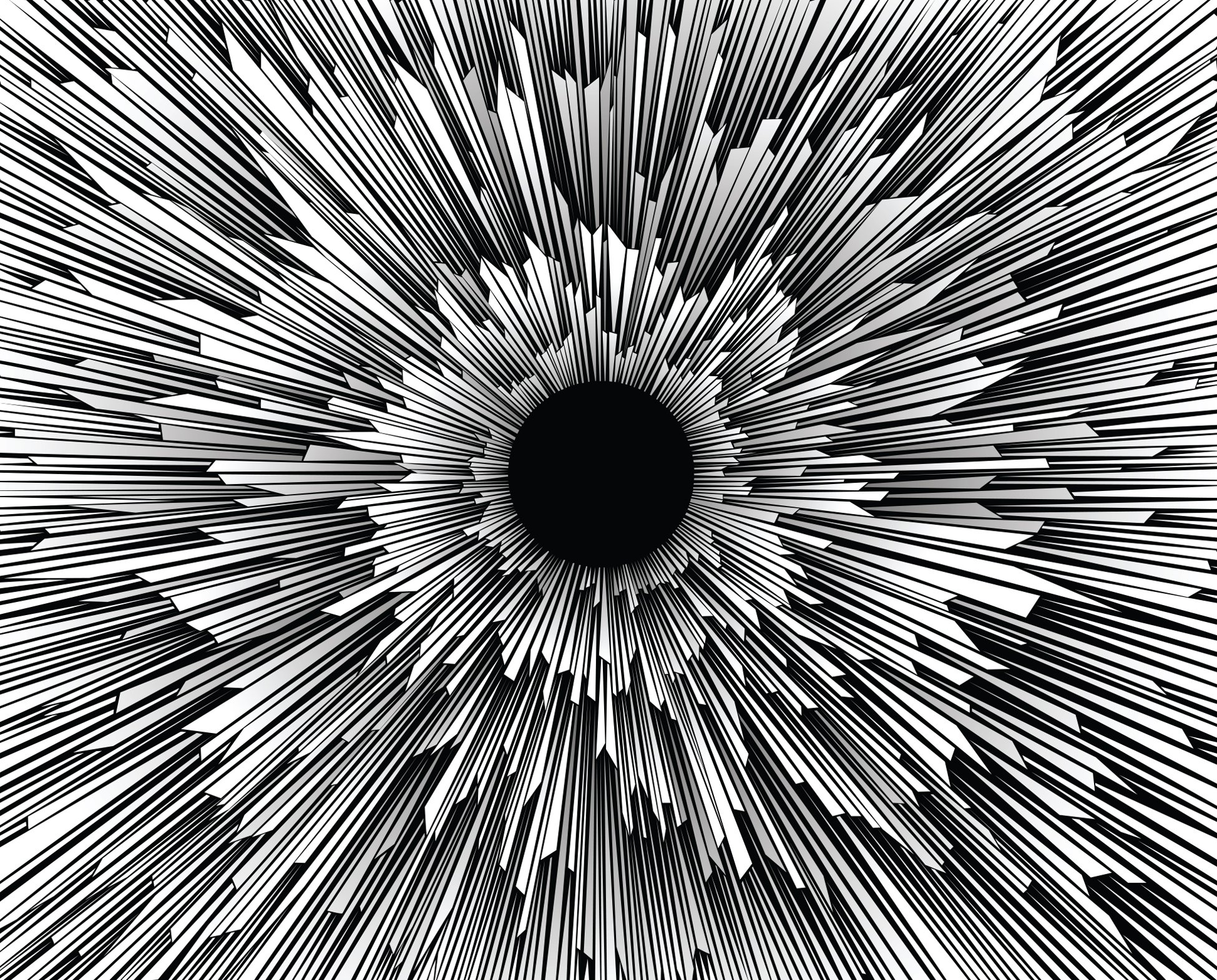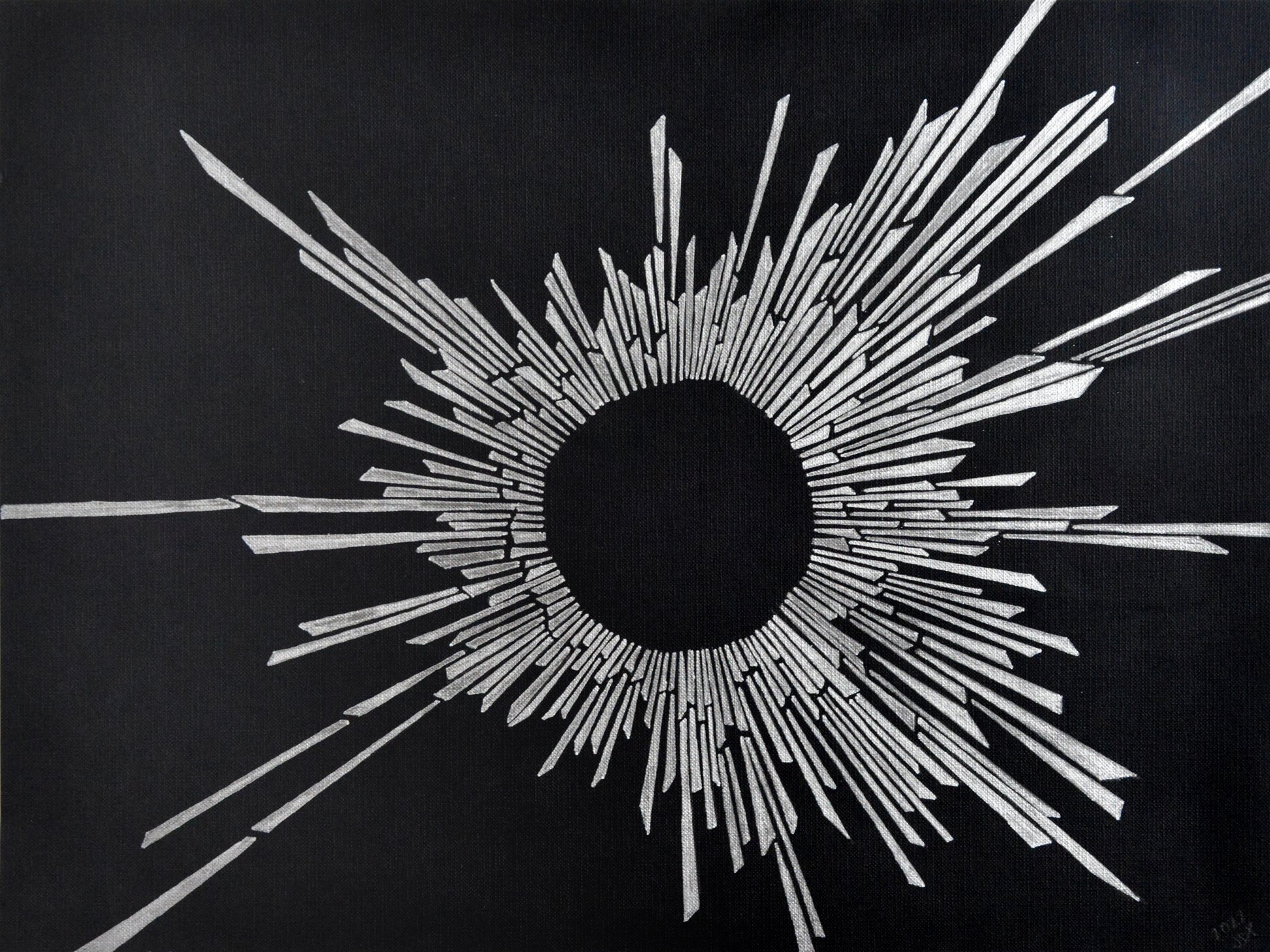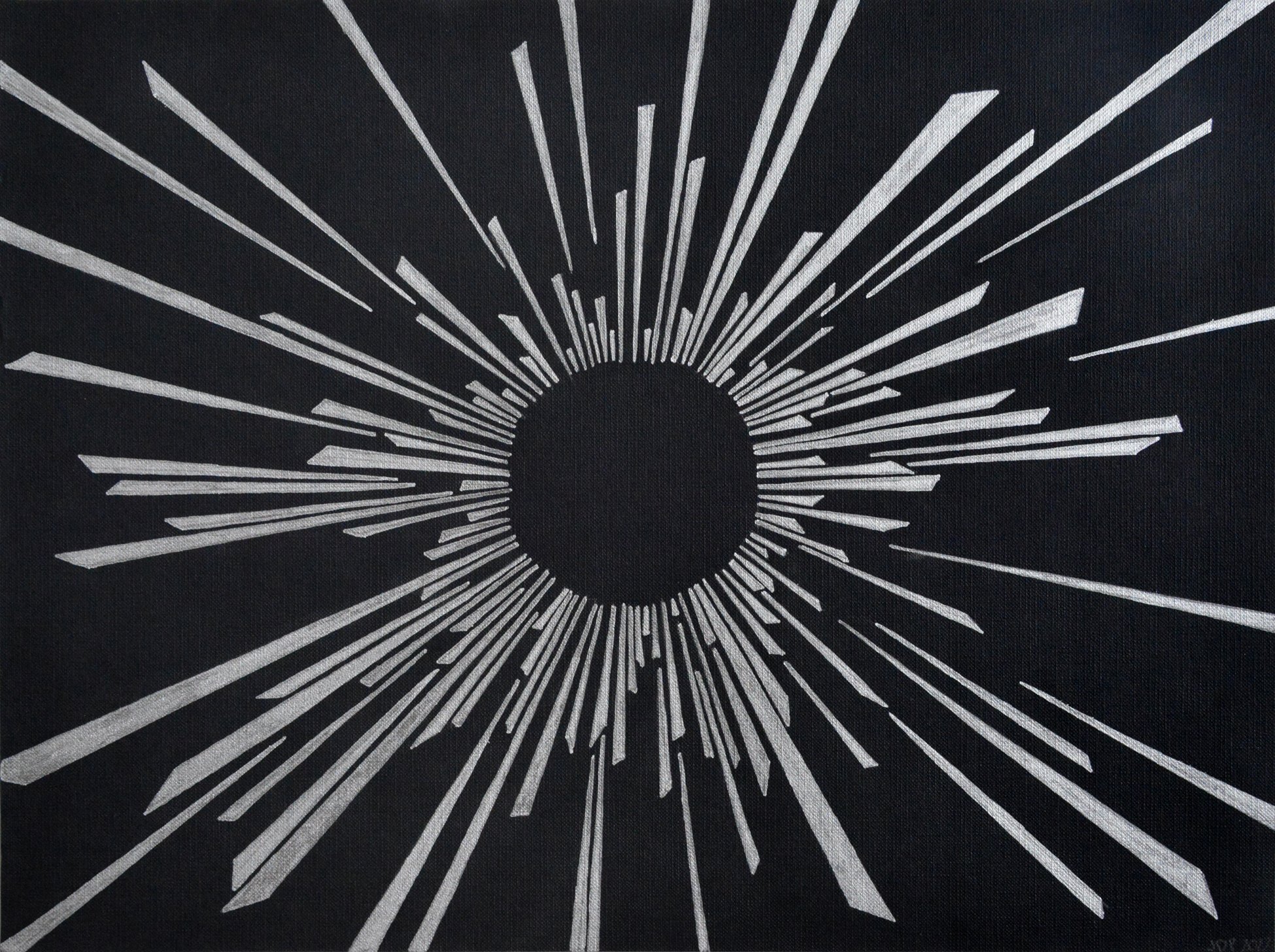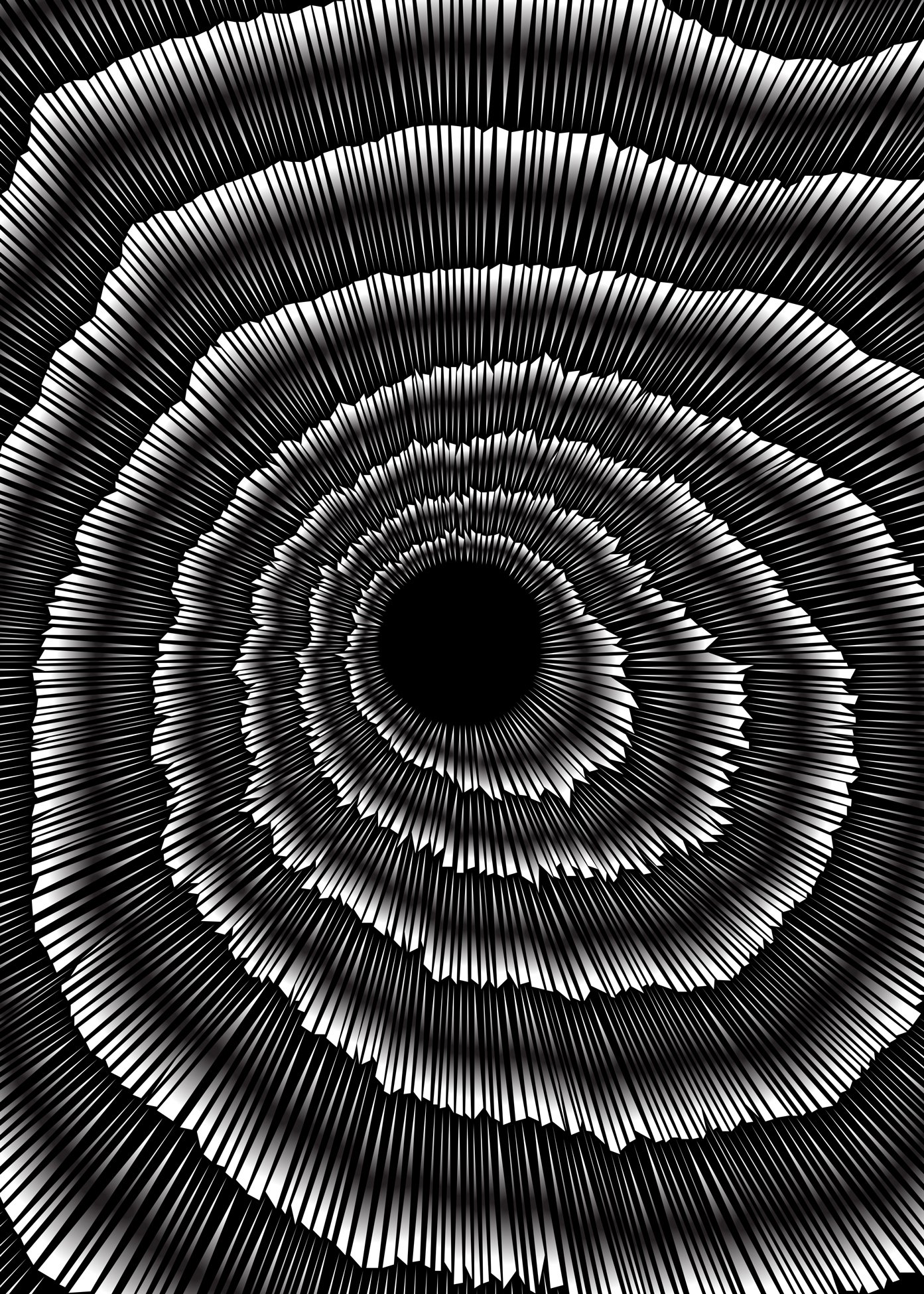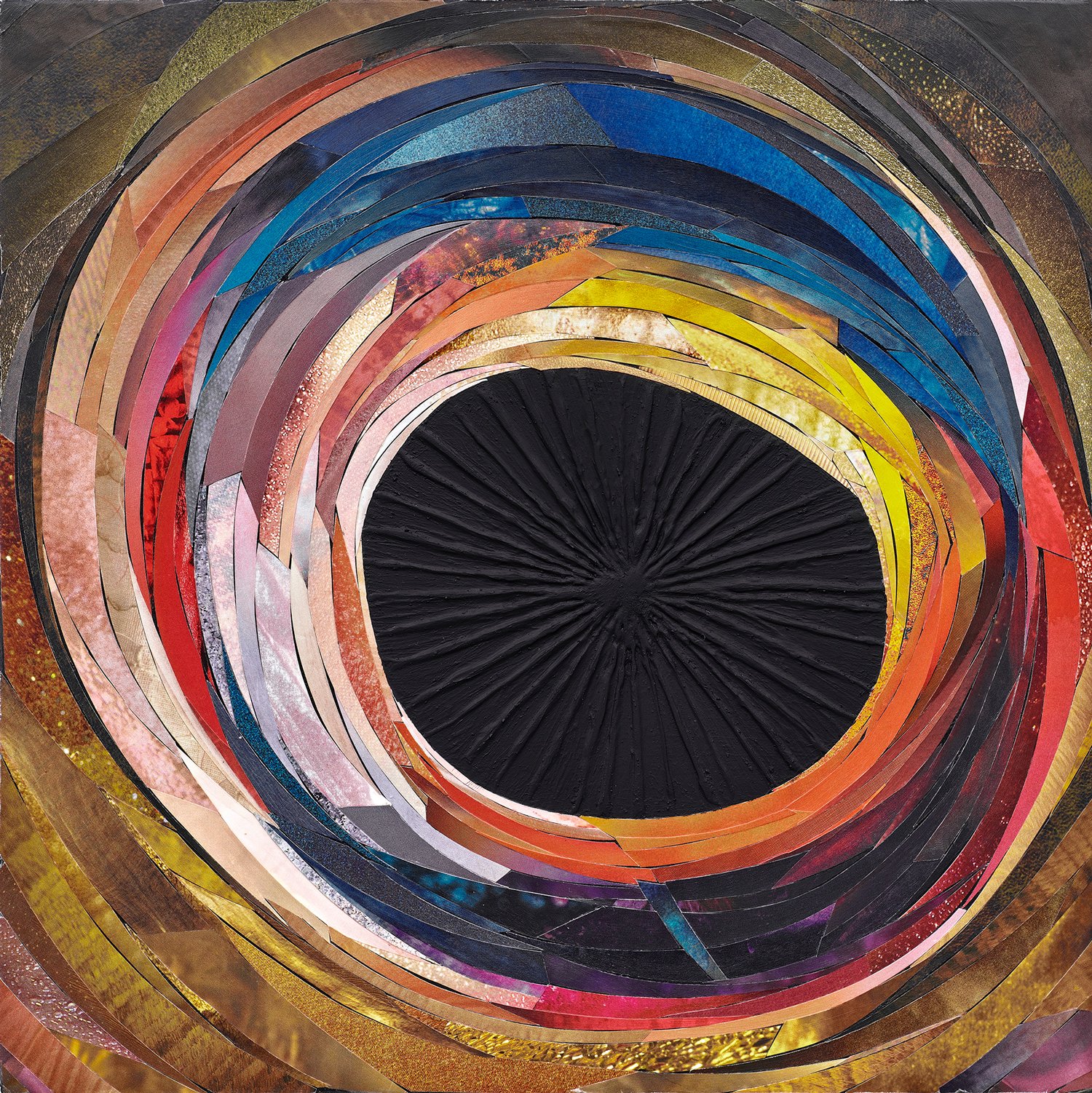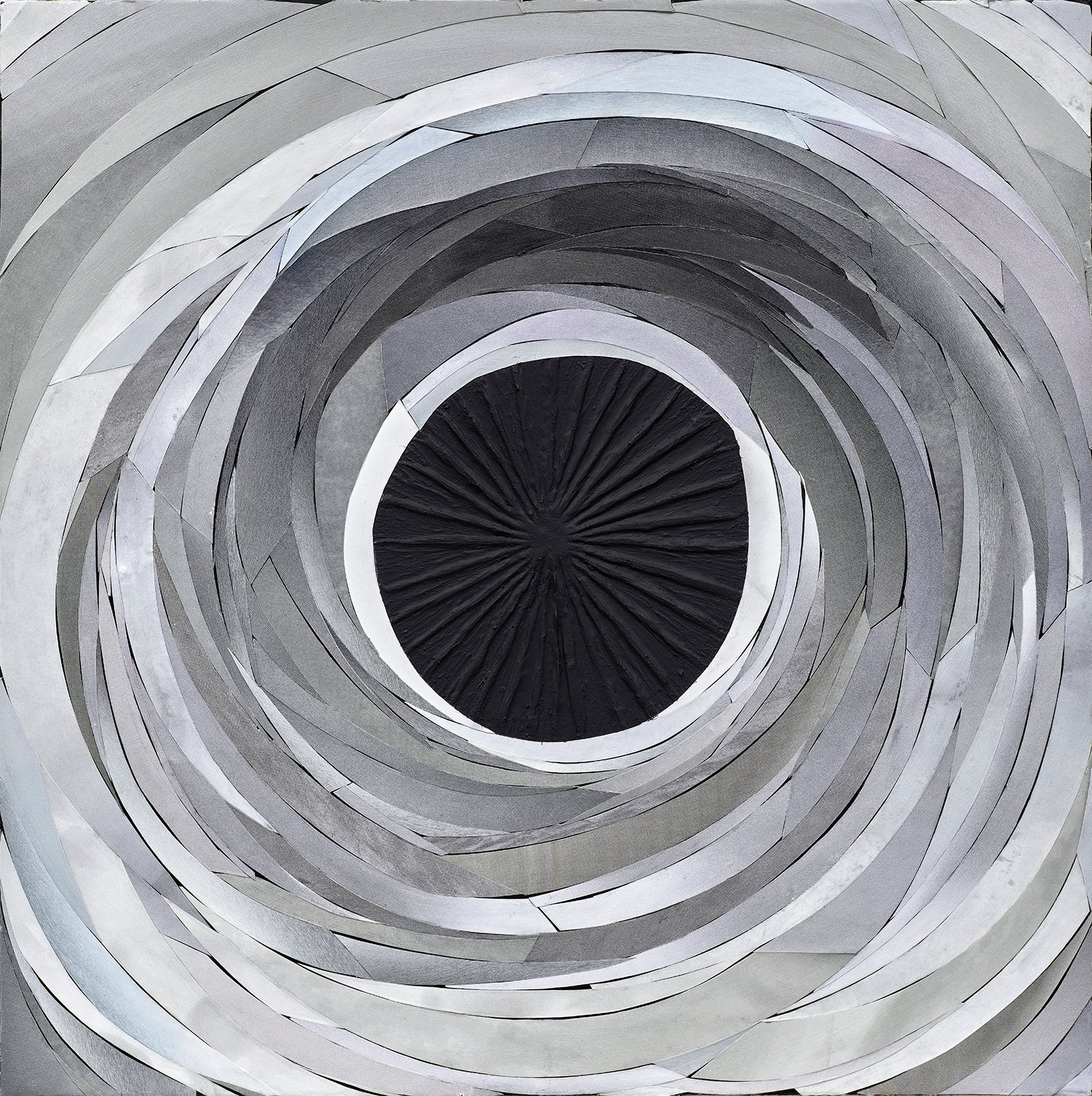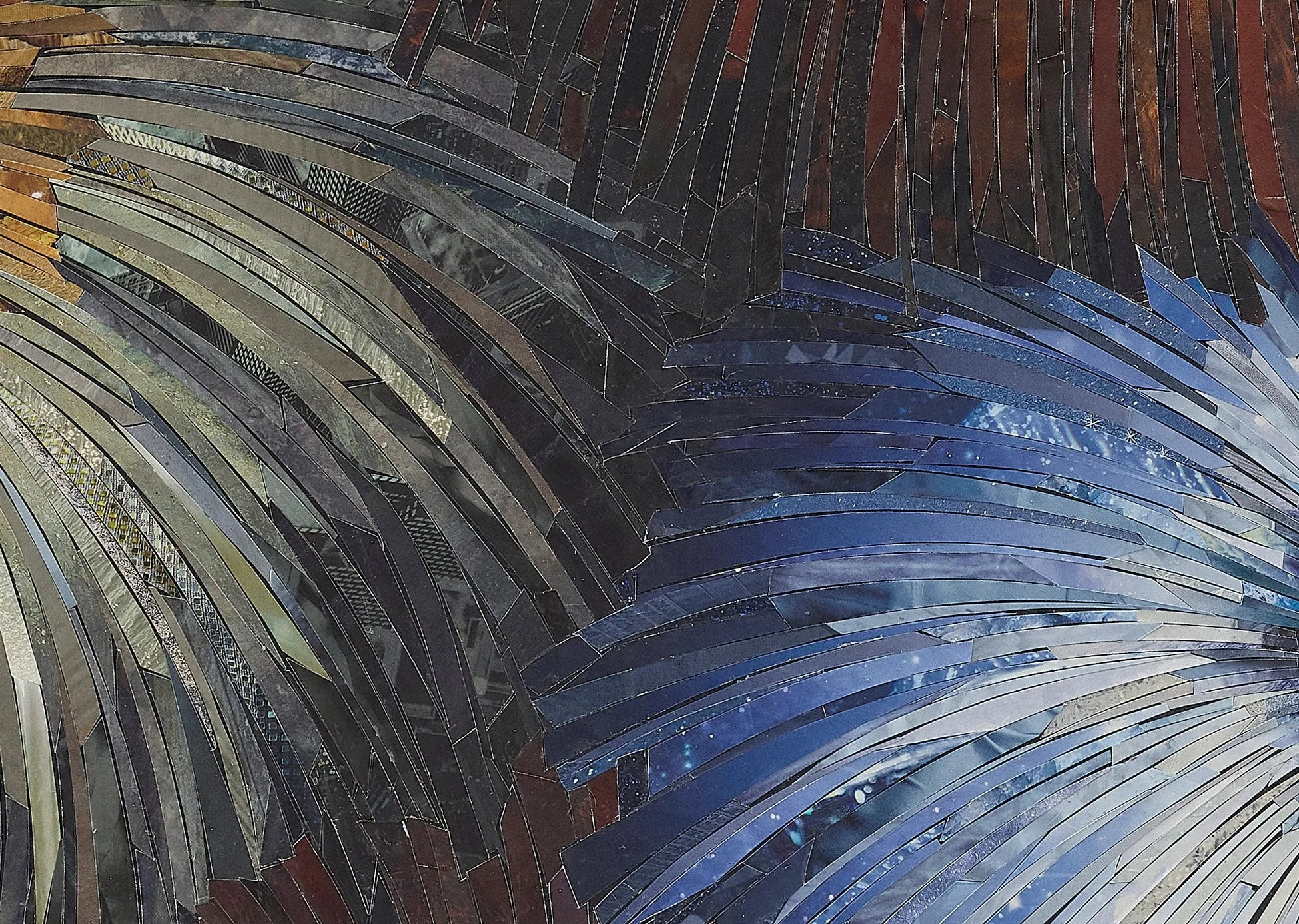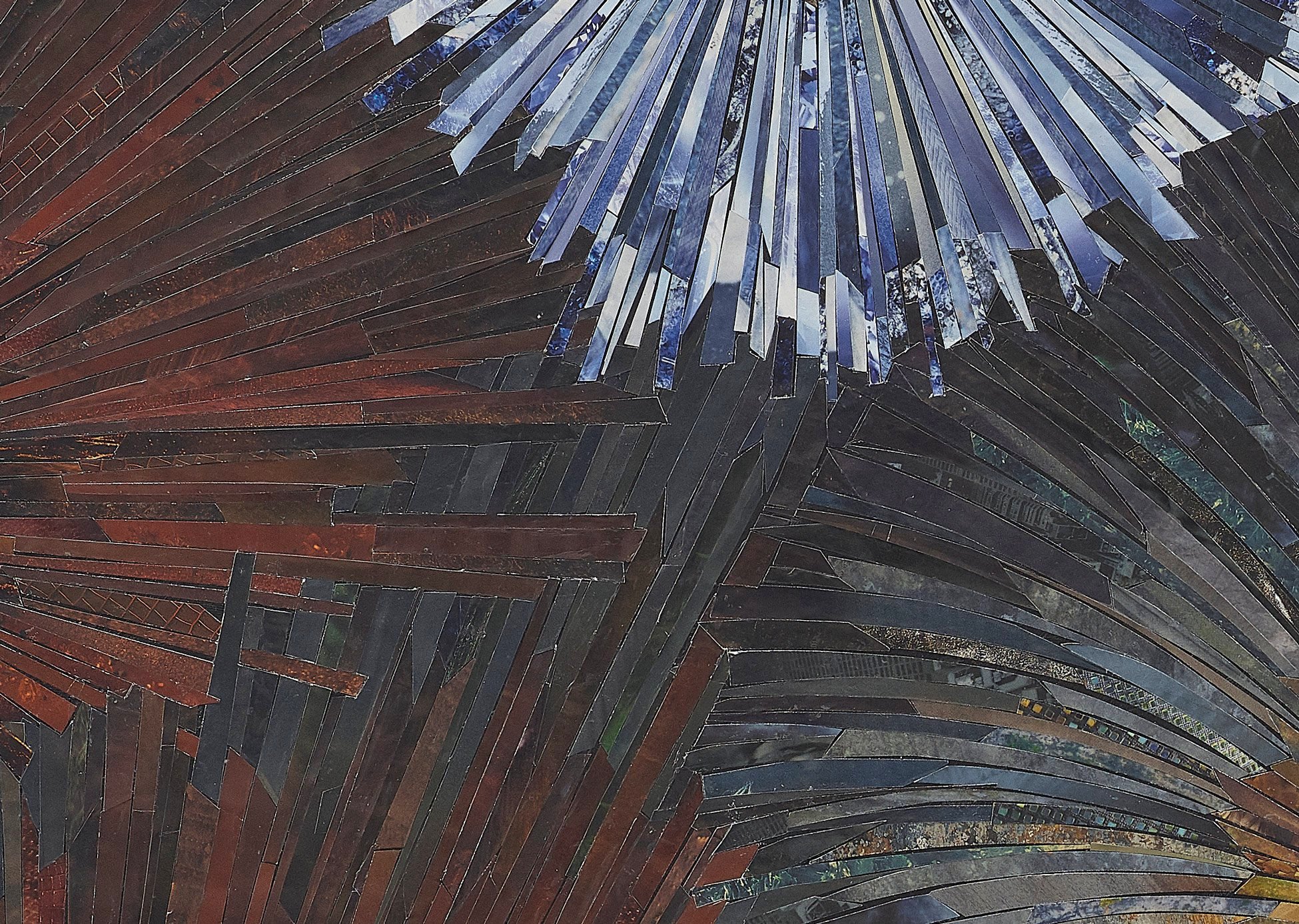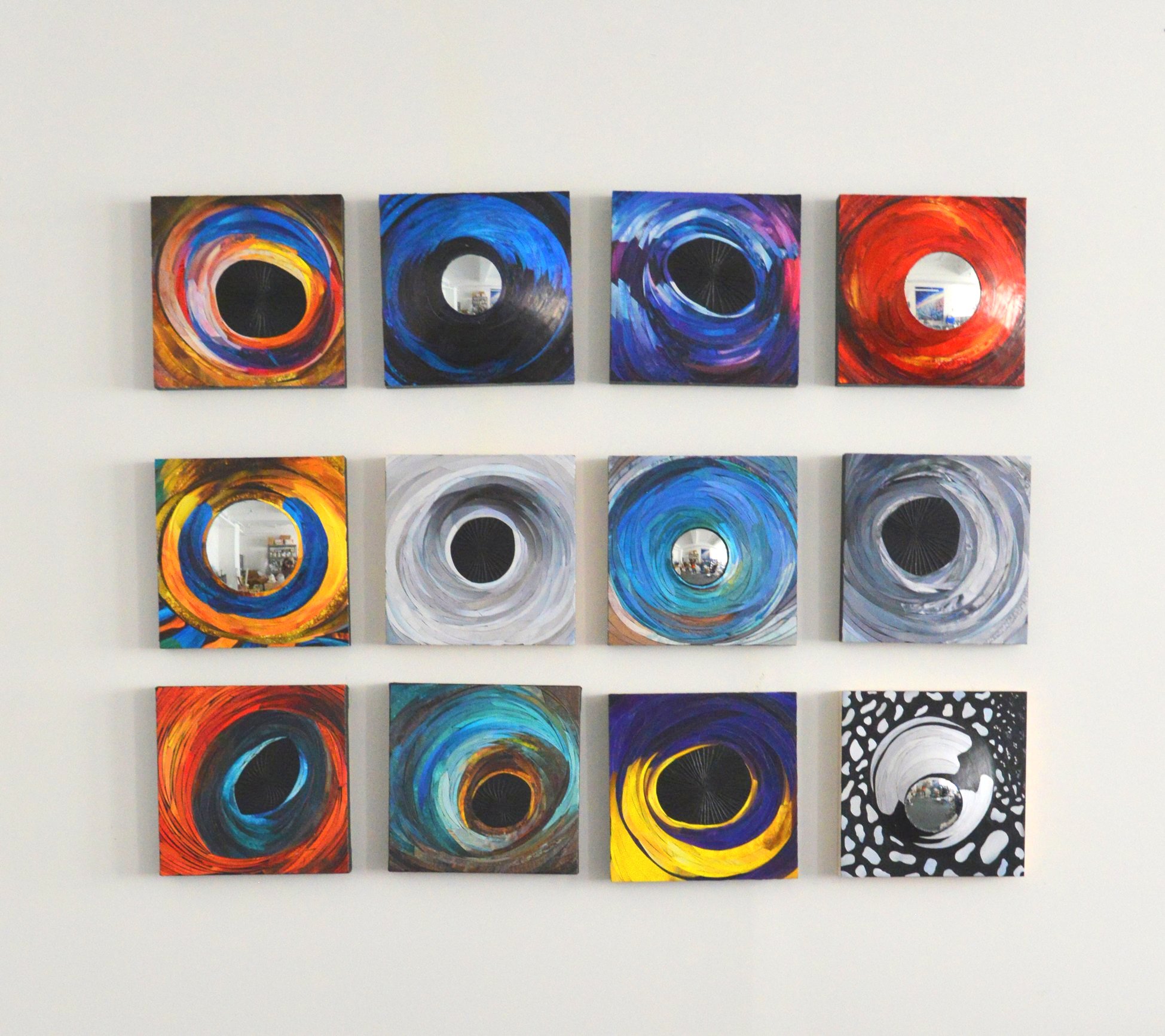Interview
Jennifer Deppe Parker
Jennifer is an American artist born, raised, and based in New York, New York.
She examines ways to engage the unconscious mind. Combining her knowledge of design with her background as a fine artist, Jennifer examines the integral relationship between art and design. She works in multiple media including painting, photography, and large-scale collage-based work.
Jennifer believes that visual imagery is the most effective method to help people connect to complex messages, such as the idea that understanding is often in layers. Unifying her appreciation for the complexity of fine art with the power of design, she contemplates how colors, forms, patterns, and other abstract representations affect our perceptions.
Jennifer has participated in exhibitions across the United States, and internationally in Canada, Europe, and Asia. In 2019, she curated a permanent exhibition in Mount Sinai Hospital.
Work shown - The Models, 2021, Acrylic on board, hand-cut magazine papers, molding paste, 11 convex mirror, gel mediums, 40 inches x 50 inches
What is your background and how did you start your journey in the art world?
“Growing up in New York City, I was always exposed to art by going to museums and various art classes. Attending a progressive high school that had a strong art program, I continued to take drawing and painting, and studied art history. In college, I focused more on graphic design and graduated with a BFA in design, with a minor in art history. After ten years of working in the design field during the day and painting at night, I decided to switch into creating fine art full time.”
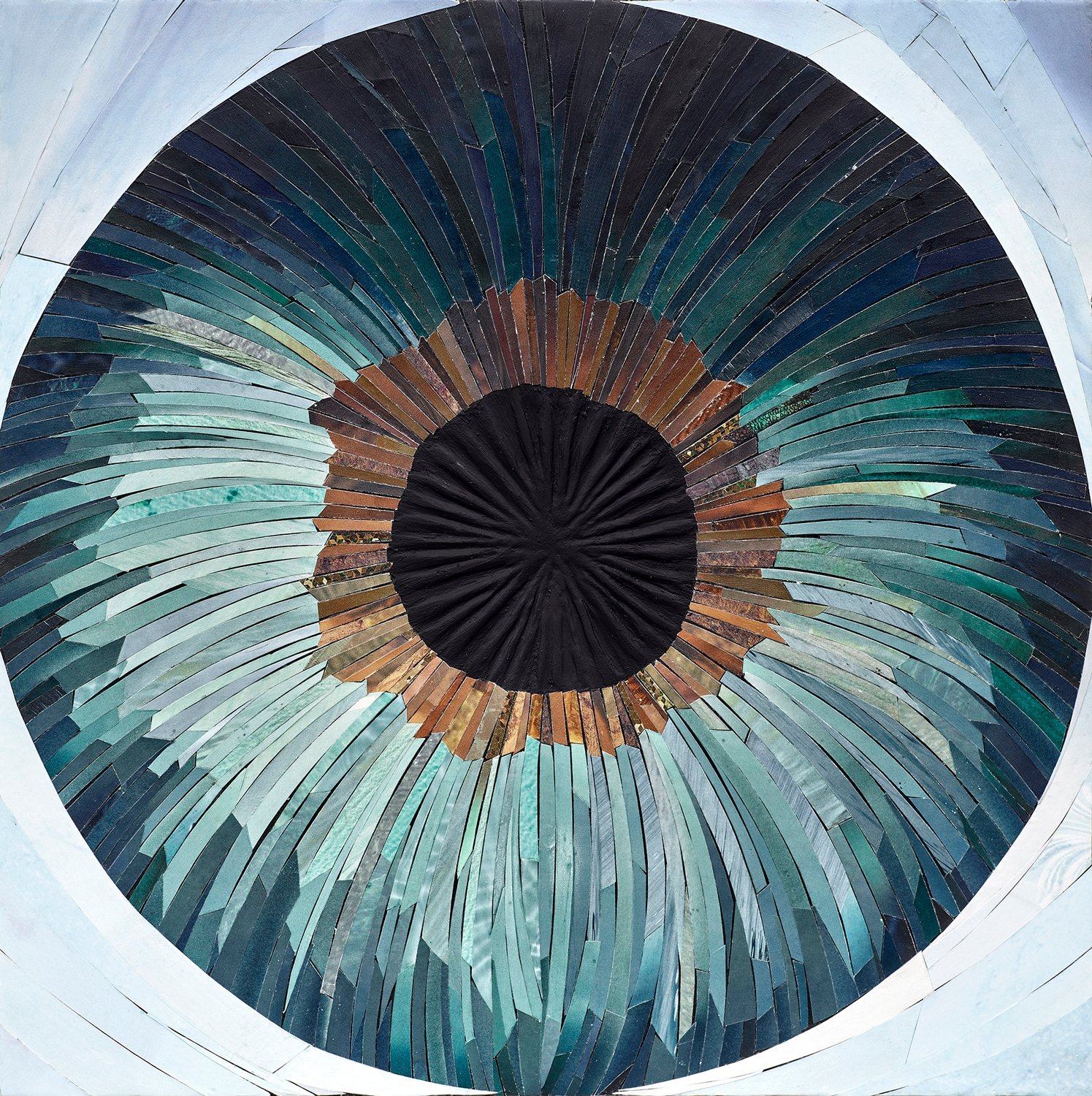
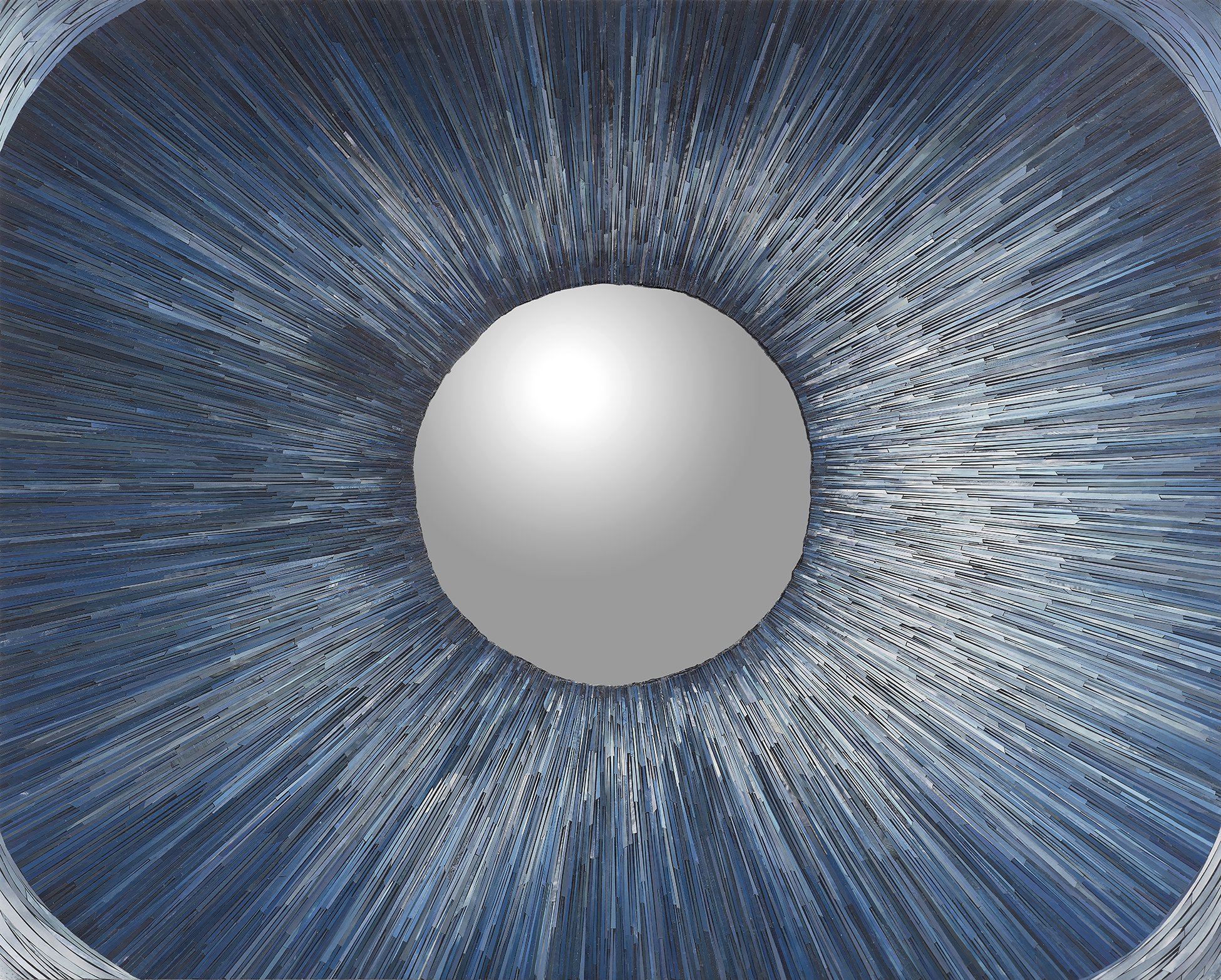
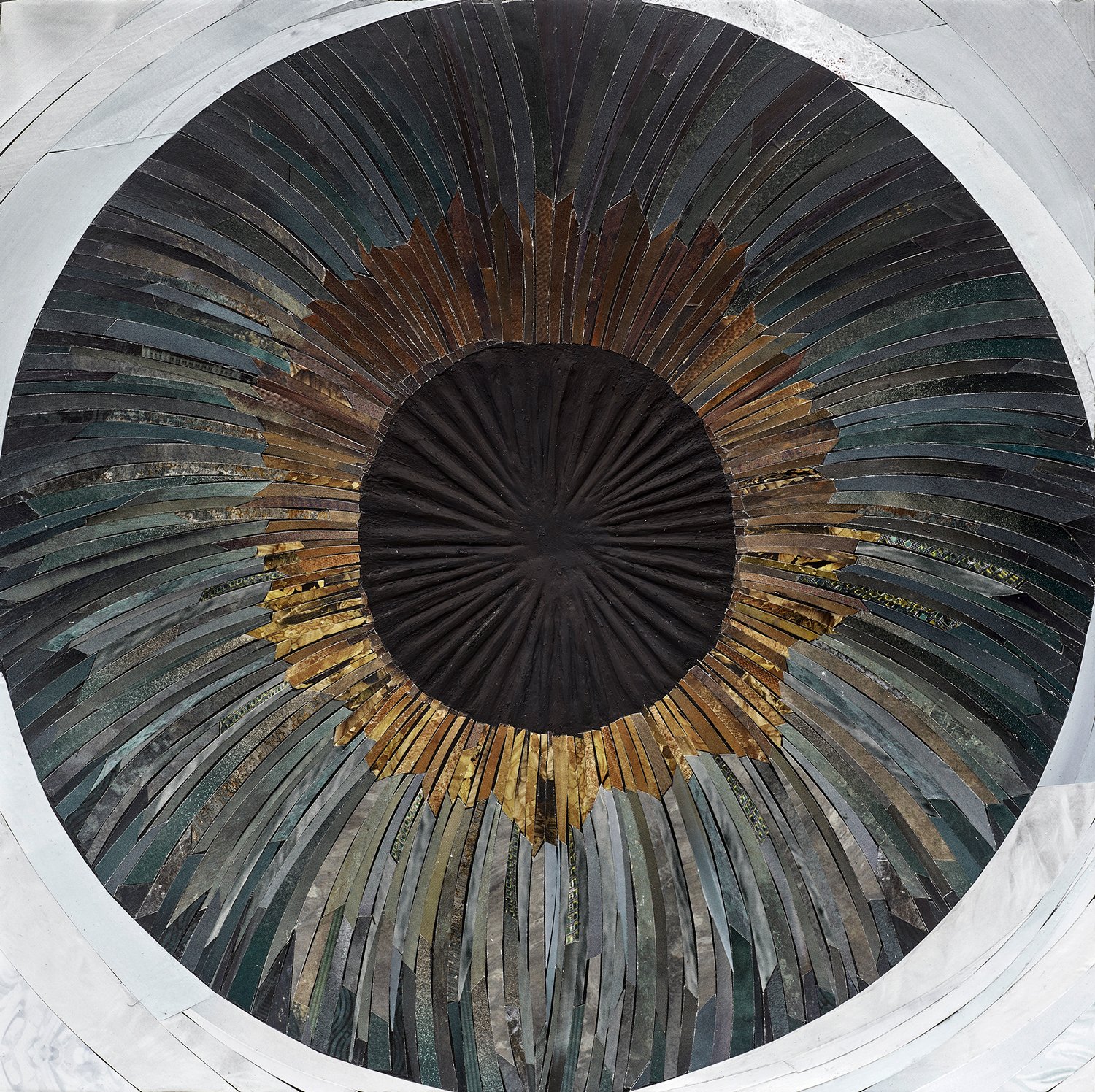
What inspires you most?
“The patterns we find in nature are a huge inspiration to me. Whether it’s the patterns in the eye, overlapping layers on the land, symbols in the water, rock formations, or space exploration.
I also like to look at other artists’ perspectives and see how they handle a subject or theme—never with the intention to copy what they’ve done, but just to see their approach to the idea.”
Arowana, 2021, Acrylic on board, hand-cut magazine papers, molding paste, gel mediums,
12” x 12”
“I want to truly highlight a subject’s ‘uniqueness’ by emphasizing how everything we experience, and certainly everything we see impacts the lens with which we then view all other new things.”
What themes do you pursue? Is there an underlying message in your work?
“Within my work, I try to give the viewer a more dynamic visual representation of my subjects by examining ways to engage the unconscious mind. I incorporate the elements of visual, emotional, and experiential contexts. My work represents the complexity of natural resources and a spiritual dimension to life that connects all entities. I would like viewers to not be limited to traditional visually superficial representations, and to know that there are alternatives to what they have been given.”
How would you describe your work?
“The series I’m currently working on titled Prism (see below) is mixed media macro portraits of the eyes of various individuals, using pictured materials influenced by the subjects themselves. This approach is to highlight their perspective conveyed through the context of the most unique element of each living thing—their eyes.”
Which artists influence you most?
“Ruth Asawa, Hilma af Klint, Beatriz Milhazes, Takashi Murakami, Fred Tomaselli and Derrick Adams are the artists who have greatly influenced me.”
What is your creative process like?
“I am always thinking of new ideas which I write down in moleskin notebooks. Once the idea becomes an obsession, I start exploring different ways to execute it. By the time I am physically making something, I have a clear outline of how I want to create it and what it is supposed to look like.”
What is an artist’s role in society and how do you see that evolving?
“Artists have a different outlook on the world that surrounds them. Their role in society is to explore what they see, and to try to articulate their different points of view. Some artists can only see through one lens, while others are able to adapt to change and examine their perspective from different sides. Both are equally important because it shows us that there is not just one path or answer in life.”
Please tell us about any previous exhibitions you found noteworthy and wish to share.
“While I have participated in exhibitions across the United States and internationally in Canada, Europe, and Asia, working on the permanent exhibition in Mount Sinai Hospital was particularly special to me.
As an artist having your art in a place that helps be less scary for children or helps people heal is such a wonderful gift. I believe that art has a profound way of influencing any viewer in a positive way.”
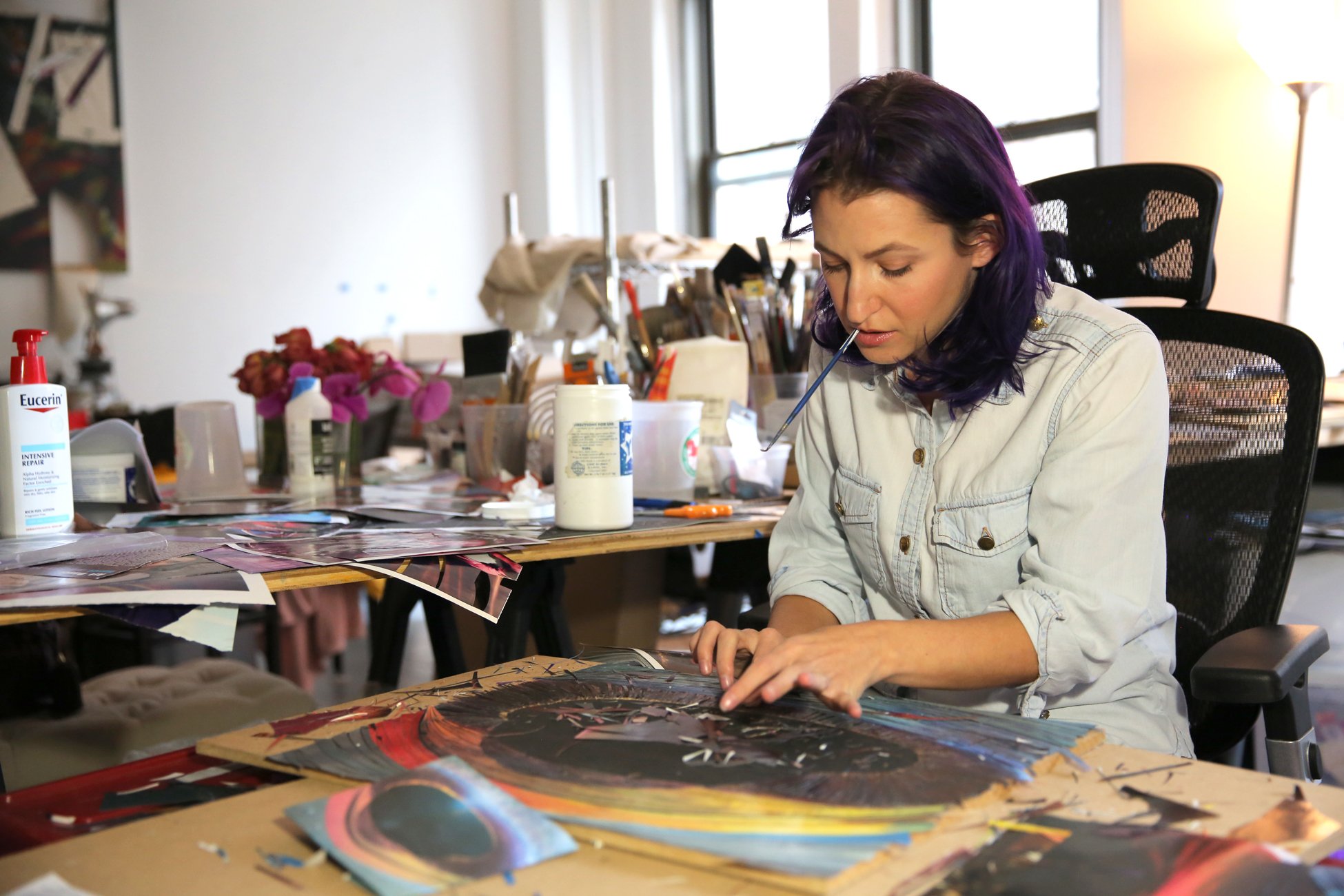
Website: www.jenniferdeppeparker.com
Instagram: @thingsisee_jdp


